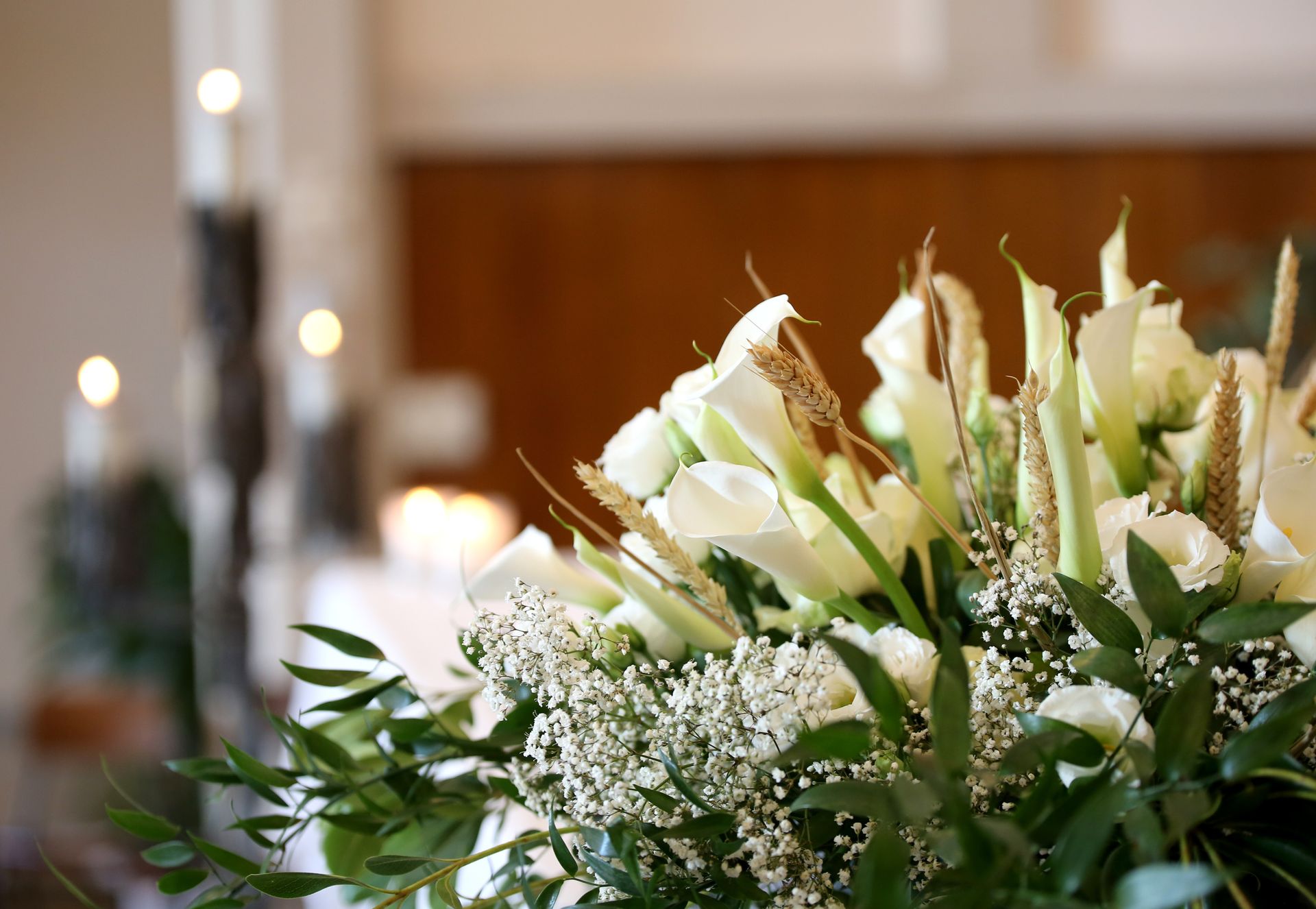Staying connected after a loss
Nature's Symphony
After the loss of a loved one, there is so much to do and adjust to that it can be easy to lose touch with family and friends who are vital to us. We can get caught up in our grief and all the changes that are happening to us, and might find it hard to relate to the lives of our friends and those who haven't suffered our loss. Perhaps we feel like our friends and family should be reaching out to us instead of the other way around. However it happens, this distance can cause us to feel like we’ve lost most than just the person who died.
While many people may have reached out to you immediately following your loss, as time goes by it can be hard for them to know how to talk to you, or whether it is okay to share their own struggles while you are having such a hard time. This can make it them reluctant to reach out to you as they once did. They might also just be giving you space and time to heal.
In the first days, weeks and perhaps months following your loss, you may struggle to even want to be with other people. It can be hard to see others living "normal" lives when you are in so much pain. Be kind to yourself and don't push yourself back into the social sphere too soon. It might be best to start small, like a phone call to a close friend, or a quick meet-up for coffee or ice cream. Here are some other ideas for staying connected:
Utilizing technology - Social media has made it easier than ever to stay in touch. You can stay connected by sending a private message, updating your status or posting a few photos. You might feel energized for a few hours or minutes to reach out to others and then want to retreat for a while. Technology allows you to do this as well, simply by closing programs and turning off notifications. Calendar reminders are also great ways to help you remember to reach out to people.
Starting slow - Maybe you need to start slowly after losing a loved one. By planning a monthly event such as a dinner to see your friends or family, you can stay in touch without overcrowding anyone’s schedule or pushing yourself beyond your new limits.
Plan for important dates – Birthdays, anniversaries and holidays can be hard to celebrate after a loss. While you might feel pressure to keep up traditions, it is okay to take a break from these things, or mark the occasions in a simplified way. Be honest with family members or those you normally celebrate with that this year needs to be a little different for you. It is good to think through these important dates a bit ahead of time so you can communicate your wishes and plans with others.
Create lists - You may need to create a list of people to remember to stay in touch with. During the grieving process, it can be challenging to remember every person in your life. By making a list, you know who to check in with every once and awhile.
Ask for check-ins – If you are the kind of person who tends to retreat inside yourself in times of pain or stress, maybe you need someone to check in with you periodically. Ask a trusted friend or family member to reach out to you once a week or so if they haven’t heard from you. It’s okay to ask for help with this.
While it can be an effort to stay connected to others while you are working through the loss of a loved one, it can have many benefits. Staying connected allows you to receive support and care from others that you need in this hard time. It can also help you step out of your grief for a few moments and catch up on the lives of those you care about.









